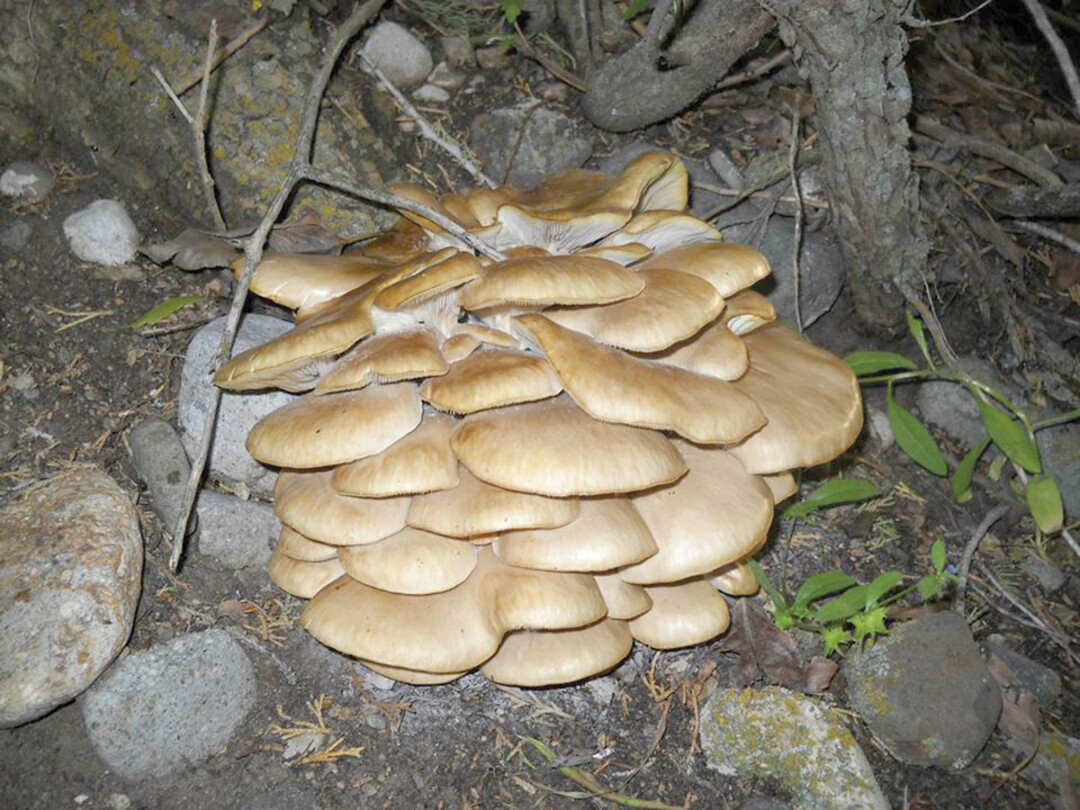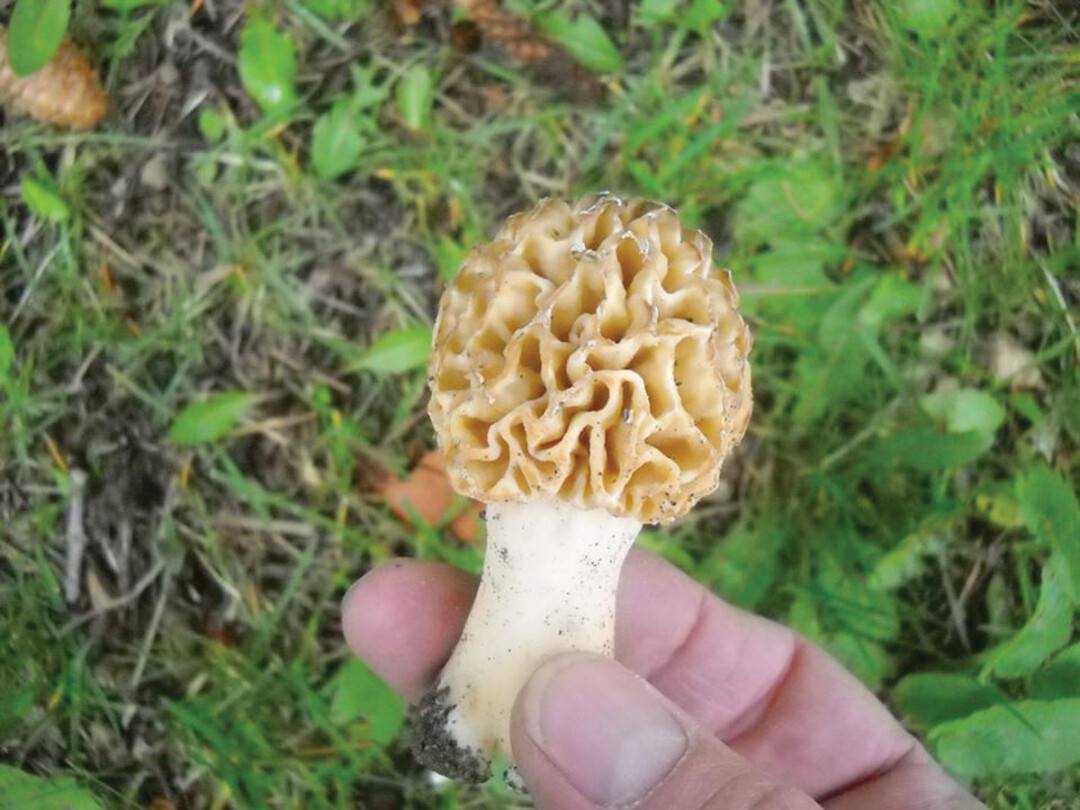Shroomin': Montana’s Most Edible Mushrooms
Pat Hill | Monday Jun. 3rd, 2019
Springtime in Southwest Montana, especially the first few really warm days, gets me wanting to hunt down and consume wild mushrooms. A few of my favorites make their appearance this time of year. 
Usually the first mushrooms I am able to forage for successfully in the spring are Oyster mushrooms, or “stumpies,” as they are sometimes referred to. True to their nickname, the shelf-forming oyster mushrooms are found growing on the lower trunks of trees, such as pines and cottonwoods, in our area. I usually find them growing along the banks of a river like the Yellowstone. It’s best if you can find a shelf of oyster mushrooms before bugs take up residence in the gill area of the mushroom, though you can get rid of them easily enough if they haven’t moved in by the hundreds (and a little extra protein won’t hurt ya, either). 
Within about a month of the oyster ‘shroom’s appearance, one of the jewels of the spring harvest start poking their wrinkly heads from the ground. Morel mushrooms, despite their strange almost brain-like look, are so highly sought-after that the competition to find them can be fierce. Morels tend to proliferate in mountainous forest fire burn areas often within a season of such an event, and they can also be found along rivers and streams and on islands, often growing near old growths of cottonwood trees.
Puffball mushrooms are delicious as well, and grow just about everywhere in the Treasure State. The key to a delicious puffball mushroom is to harvest it when the inside is still white and firm, before it turns brittle and goes to dust inside (said brownish dust containing the mushroom’s spores). Edible puffball mushrooms have no stalks and grow close to the earth, and as such are easy to distinguish from their stalked relatives.
Boletes are another mushroom I like to eat, though I don’t find as many of them around Southwest Montana as those previously mentioned. Boletes can get quite large, and are easy to identify because they do not have gills on the underside, but rather pores of a sort. As a result, the Bolete is a meaty mushroom. Do not eat a bolete that has bright red or yellow pores, and also, do not eat a bolete that turns blue where you pinch it (yes, do test). The biggest and most boletes I have found in this area have been nearer to the Continental Divide.
When harvesting wild mushrooms, try not to pull them entirely out of the ground or off the tree, but instead trim them close to the ground or off of the tree. Gently rolling on the puffball will loosen it from its environment. There are several ways to prepare mushrooms, of course, but my favorite is the tried-and-true saute method, using garlic and/or onions and butter.
Happy Hunting and Bon Apetite!
WARNING: Only eat wild mushrooms if you are 100% sure they are not poisonous mushrooms! These descriptions are not a definitive guide to safe eating.
| Tweet |
